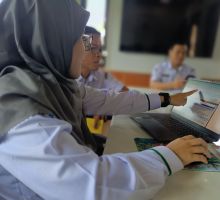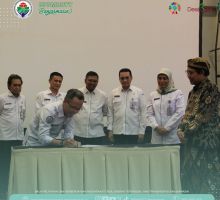Since 2015, the Indonesian government has allocated Village Funds through Law Number 6 of 2014 concerning Villages. These funds come from the state budget which is transferred through the regional budget to finance village government administration, empowerment in the fields of education, health, community economy, and infrastructure development.
The use of Village Funds is decided through the musrenbang forum and has resulted in significant infrastructure achievements. The Village Fund has built thousands of kilometers of village roads, bridges, village markets, BUM Desa activities, boat docks, ponds, irrigation and others. In addition, the Village Fund is also used to improve the community's quality of life through the construction of sports facilities, clean water, bathing-washing-latrine facilities, and others.
The decline in the number of underdeveloped villages is the result of the Village Fund being used effectively. Data shows a decrease in the number of underdeveloped villages from 14,047 villages in 2018 to 4,365 villages in 2022.
Increasing the Allocation of Village Funds aims to realize an advanced Indonesia. Effective Village Fund management requires the commitment of the village head and transparency in its use. Village SDGs-based data form the basis for village development policies and the use of Village Funds. With trilateral cooperation, higher education can advance villages in human resources, economic growth, and preservation of local culture.
Village Funds have had a positive impact on villages in Indonesia, driving economic growth, improving education, and villagers' hopes. Good management will help villages become independent, empowered and prosperous.



